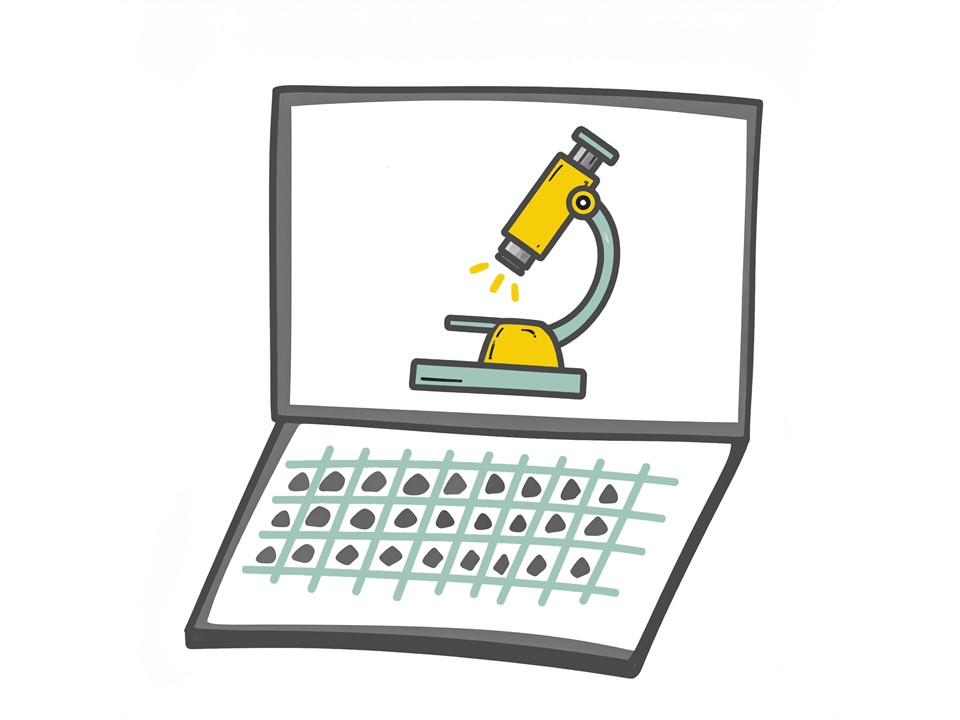The "Scientific Instrumentation" degree programme has a relatively large student cohort of 90-115 students. In order to enable all students to work with the scanning electron microscope (SEM) in the "Physical Materials Diagnostics" module, the implementation was further developed as an online practical course (a solution from the Corona semesters) with the help of the MyScope platform. This provides simulation tools for high-quality analytical devices free of charge, including for SEMs as used in the SciTec department, as well as extensive preparation material for the individual analytical methods. In manageable small groups (12-16 people), students learn online how to set up the equipment, the analytical procedures on the microscope in the laboratory (sample preparation, measurement options and interpretation of the results) and can then apply what they have learnt themselves on the virtual SEM on the MyScope platform. The advantage is that all students can and must now work.
The creation of groups in Moodle with rights and time options and the creation of protocol specifications are important for the successful realisation of this online practical course. This results in the following advantages for teachers:
- Good participation overview
- Simplified participant management
- Tracking for tests and independent tasks
- Timely evaluation
The online practical course includes interactive presentations with the whole group (input), independent work phases (simulation and protocol) and tests to check knowledge. Links and materials for self-study are provided in Moodle to prepare for the tests and the practical course.



